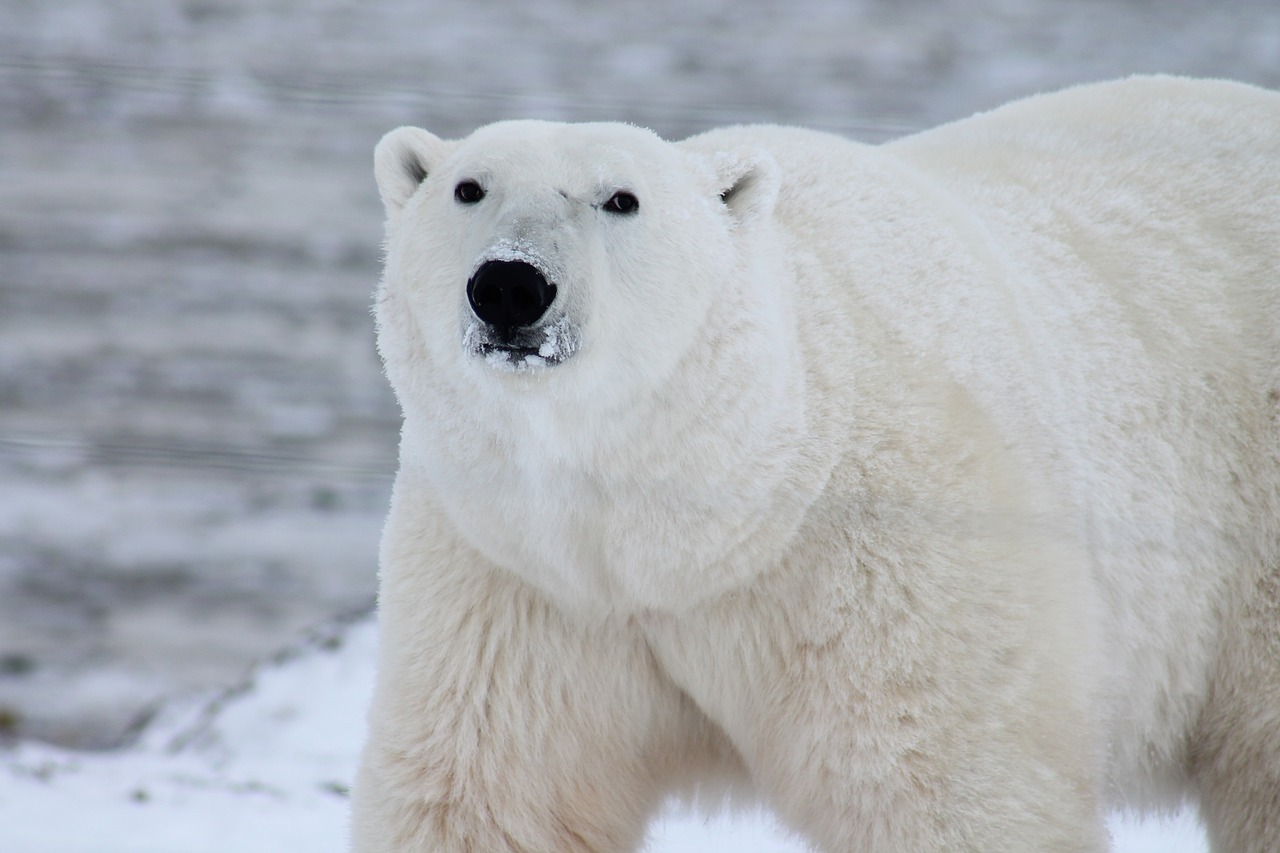Here are the 20 of the most lethal animals in the world
- Mosquitoes: These tiny insects are responsible for more than 700,000 deaths per year by transmitting diseases such as malaria, dengue fever, yellow fever, Zika, and encephalitis.
- Humans: According to the CDC, humans cause about 19,141 homicides and 1.2 million emergency department visits due to assault each year in the U.S. alone.
- Snakes: Snakes bite between 4.5 million and 5.4 million people each year, resulting in 81,000 to 138,000 deaths. The most deadly snake is the saw scaled viper, which causes a higher global snakebite mortality rate than any other species.
- Dogs: Dogs are responsible for up to 99% of rabies transmissions to humans, which kills tens of thousands of people each year. Most of the victims are children under 15 years old.
- Tsetse flies: These flies transmit trypanosomiasis, a disease that affects 36 sub-Saharan African countries and causes about 10,000 deaths per year. The disease affects the nervous system and can lead to coma and death if untreated.
- Hippopotamuses: Hippos are very aggressive and territorial animals that can weigh up to 1,500 kg and have large sharp teeth. They often attack boats and people near water, causing about 500 deaths per year.
- Elephants: Elephants are the largest living land animals and can be very destructive when they encounter human settlements. They can gore or trample people with their tusks or feet, causing about 500 deaths per year.
- Saltwater crocodiles: Saltwater crocodiles are the largest living reptiles and crocodilians, reaching up to 6 meters in length and 1,300 kg in weight. They are also one of the most likely crocodiles to see humans as prey and can reach speeds of 18 mph in water. They kill about 1,000 people per year.
- Scorpions: Scorpions sting about 1.2 million people per year, causing about 3,250 deaths. The most lethal scorpion in the world is the Indian red scorpion, which can cause heart failure, pulmonary edema, and death within hours.
- Lions: Lions are apex predators that can weigh up to 190 kg and run up to 50 mph. They usually avoid humans but can attack when they are hungry, sick, or provoked. They cause about 22 deaths per year.
- Box jellyfish: Box jellyfish are among the most venomous animals in the world, with tentacles that can deliver painful and potentially fatal stings. They cause about 20 deaths per year, mostly in Australia and Southeast Asia.
- Bees: Bees are generally harmless unless they feel threatened or their hive is disturbed. However, some people are allergic to bee venom and can suffer from anaphylactic shock, which can be fatal if not treated quickly. Bees cause about 60 deaths per year in the U.S.
- Sharks: Sharks are often feared as man-eaters but they actually pose very little threat to humans. Most shark attacks are accidental or defensive and only a few species are known to target humans deliberately. Sharks cause about six deaths per year worldwide.
- Bears: Bears are powerful and intelligent animals that can weigh up to 600 kg and run up to 35 mph. They usually avoid humans but can attack when they feel threatened, hungry, or surprised. Bears cause about five deaths per year in North America.
- Wolves: Wolves are social and intelligent animals that live in packs and hunt cooperatively. They rarely attack humans but can do so when they are rabid, starving, or provoked. Wolves cause about four deaths per year worldwide.
- Spiders: Spiders are arachnids that have venomous fangs that they use to subdue their prey. Most spiders are harmless to humans but some have venom that can cause severe pain, tissue damage, or death. Spiders cause about three deaths per year worldwide.
- Leopards: Leopards are stealthy and agile predators that can weigh up to 70 kg and climb trees with ease. They usually avoid humans but can attack when they are hungry, sick, or disturbed. Leopards cause about two deaths per year worldwide.
- Tigers: Tigers are the largest and most powerful of all cats, weighing up to 300 kg and reaching up to 3 meters in length. They usually avoid humans but can attack when they are hungry, sick, or provoked. Tigers cause about one death per year worldwide.
- Polar bears: Polar bears are the largest land carnivores in the world, weighing up to 800 kg and living in the Arctic regions. They usually avoid humans but can attack when they are hungry or curious. Polar bears cause less than one death per year worldwide.
- Komodo dragons: Komodo dragons are the largest living lizards in the world, reaching up to 3 meters in length and weighing up to 70 kg. They have powerful jaws and venomous saliva that can cause severe infections and blood loss. Komodo dragons cause less than one death per year worldwide.
Facebook Comments


































